So, I've been working with David Edgar and David Brownlee (of SOLT & UK Theatre) on a project to gather statistics about the British theatre repertoire. In 2008, the British Theatre Consortium was commissioned to conduct some research into the success (or otherwise) of Arts Council England's new writing policies. In the process we discovered that ACE had, since the mid-to-late nineties, had stopped gathering detailed statistics about the shows they were funding. That is, in the noble pursuit of light-touch regulation, they no longer required companies to let them know what they had produced. For our report, and with the support of the Council, we gathered those figures from 65 of the 89 'regular-funded organisations' and were able to offer a snapshot of the state of the repertoire between 2003 and 2008 in our report Writ Large.
Since then we've been encouraging the Arts Council to continue gathering those statistics. Finally a couple of years ago ACE gave us a very small grant to conduct a pilot, looking at 2013. We also hooked up with David Brownlee on the way who was enthusiastic about the project and had some great ideas about how these figures could be gathered with minimal disruption to the theatres involved. He was at Audiences UK at the time but, happily, moved to SOLT and UK Theatre (then the TMA), in which position, he was brilliantly placed to be able to gather all the data we needed. He was also able to identify a researcher, Clare Ollerhead, to 'tag' the data according to a set of categories that we all drew up.
As a result, we have the most comprehensive and detailed statistical picture of British theatre that has ever been produced. Our figures address only SOLT and UK Theatre and so exclude a great deal of fringe theatre. Nonetheless, the data covers 5,250 individual productions, 59,288 performances, 31,800,543 theatre visits, and £961,700,417 in tickets sold.
We have already published an interim report offering some basic information about the make-up of the repertoire. Yesterday at our conference Cutting Edge: British Theatre in Hard Times I presented some further findings about repertoire, the regions and gender. The full report will be published in the next couple of weeks but here are some of the headlines:
- Of new plays by a single writer presented in 2013, 31% were written by women. However, only 24% of performances were of plays written by women. Women’s new plays are performed in theatres which are on average 24% smaller than those in which men’s plays are presented. They attract only 17% of new play attendances and 13% of box office income for new plays. So women’s plays are given fewer performances, presented in smaller theatres with lower ticket prices, and therefore attract fewer people and lower box office income.
- Women have fewer adaptations staged. Adaptations – of novels and other works – are usually commissioned and involve a more active choice by theatres. 25% of all new adaptations are solely adapted by women, compared to 31% of new plays. The major adaptations in the west end – Matilda, Charlie and the Chocolate Factory, War Horse and The Curious Incident of the Dog in the Night-Time – were adapted by men.
- Women are dramatically less likely to undertake new translations of plays staged – again, usually commissioned and thus actively chosen by theatres. Of the 24 new translations in 2013, only 2 were solely by women (a mere 8% of all new translations).
- Nonetheless, women are more likely to have plays for children performed. 35% of plays for children and young people were written by women, as opposed to 31% of new plays as a whole.
- Compared with theatre between 2003 and 2009 (in the study Writ Large, from a smaller database), it appears that there has been an increase in the average size of theatres in which women’s work is performed, and consequently the attendance at women’s plays has increased. However, the gap between the total attendances at plays by women and men has also increased.
- In 2013, the National Theatre presented 22 new plays, of which 13 were by men and 3 devised. Of the 6 new plays written by women, only one – a translation – was presented in either of the National’s large spaces.
- 16% of all productions originate in London, with 13.1% of the national population. But London presents 46% of theatre performances, attracts 54% of all theatre attendances, and 66% of all box office income.
- While the commercial sector (the West End) contributes a little over a third of performances in London, it accounts for three-quarters of all performances, and 82% of attendances, and 85% of all London box office income.
- However, the subsidized sector sells its seats more efficiently. Attendances as a proportion of box office capacity are higher in subsidized theatres: the average attendance in the West End is 71%, while the average attendance in London subsidized theatres is 86%.
- Although ticket prices are much higher in London, prices throughout the country are in line with average household incomes in each area.
UPDATE:
The findings and the conference have started to get some coverage:
- The Stage:
- https://www.thestage.co.uk/news/2015/less-third-new-plays-written-women-report-finds/
- https://www.thestage.co.uk/news/2015/phyllida-lloyd-must-lobby-ace-enforce-5050-casting/
- https://www.thestage.co.uk/news/2015/fin-kennedy-funding-cuts-led-amateurisation-theatre/
- https://www.thestage.co.uk/features/2015/balancing-life-theatre-fatherhood/
- The Guardian:
- http://www.theguardian.com/stage/theatreblog/2015/apr/28/nothing-changed-female-playwrights-uk-theatres-gender-equality
- http://www.theguardian.com/stage/theatreblog/2015/may/06/effects-of-live-satellite-broadcasts-national-theatre-rsc
- http://www.theguardian.com/stage/theatreblog/2015/may/12/greatest-risk-in-theatre
- The Times:
- Exeunt:
- Globe and Mail (Toronto)
And the final, full report has had good coverage too:
- The Stage
- The New York Times
- Sunday Times












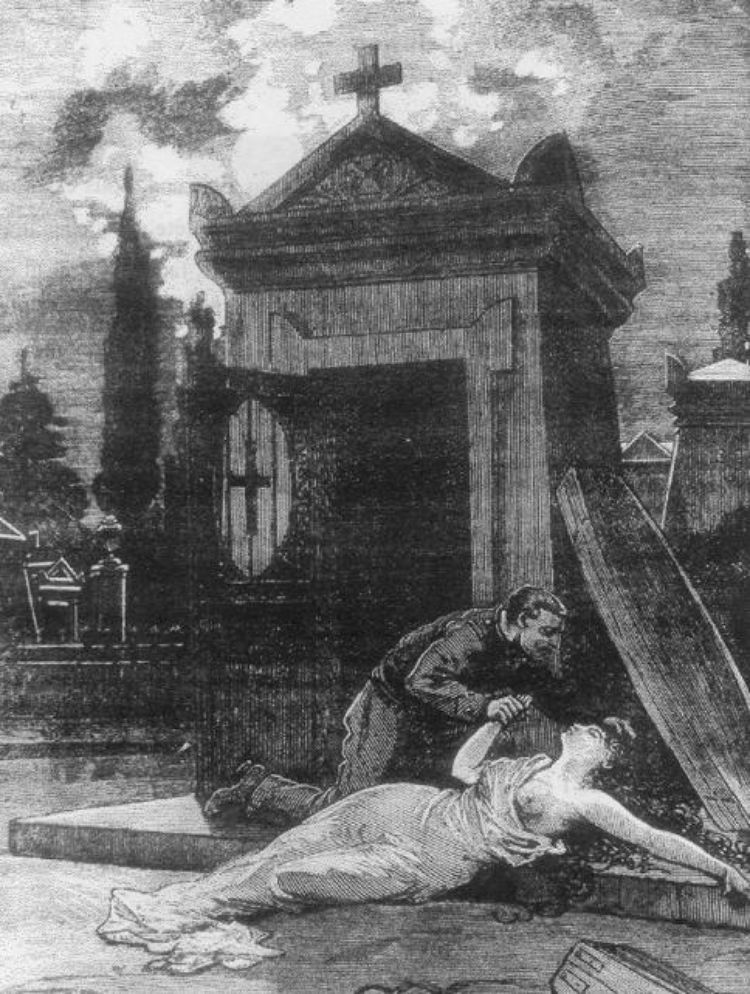
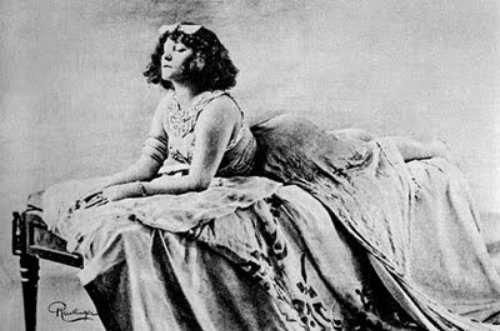
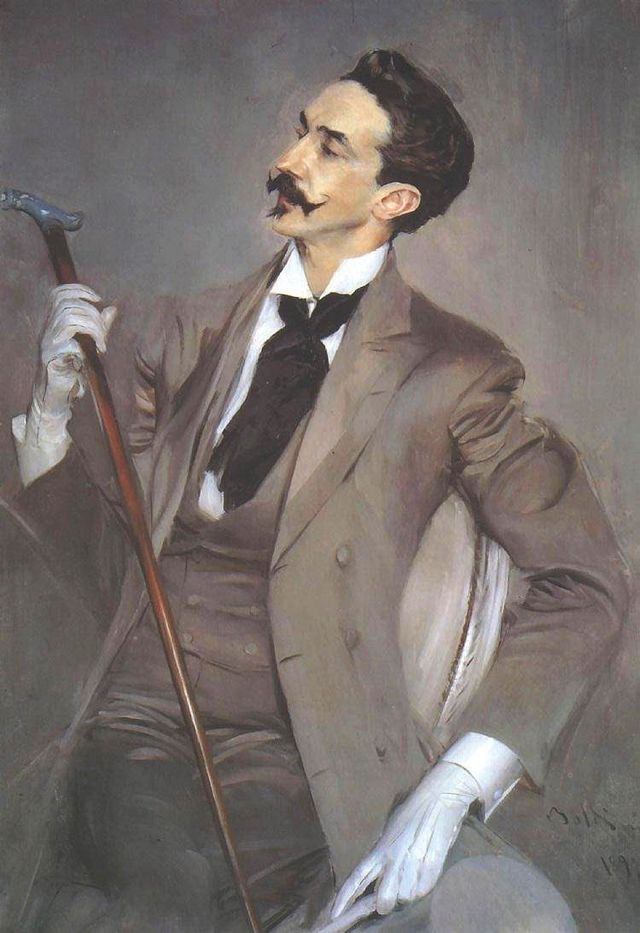
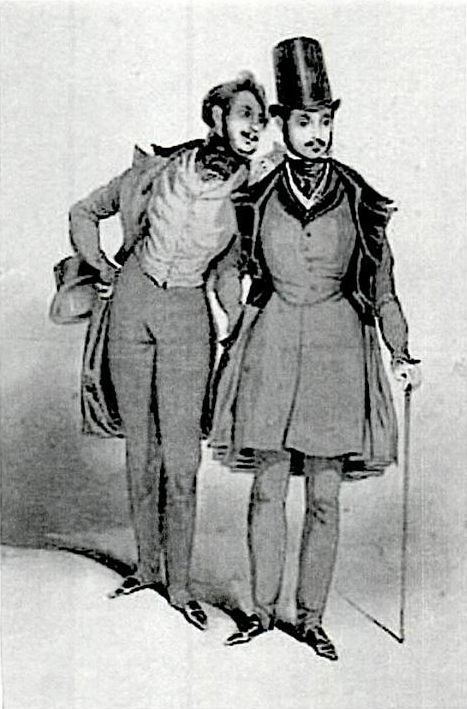
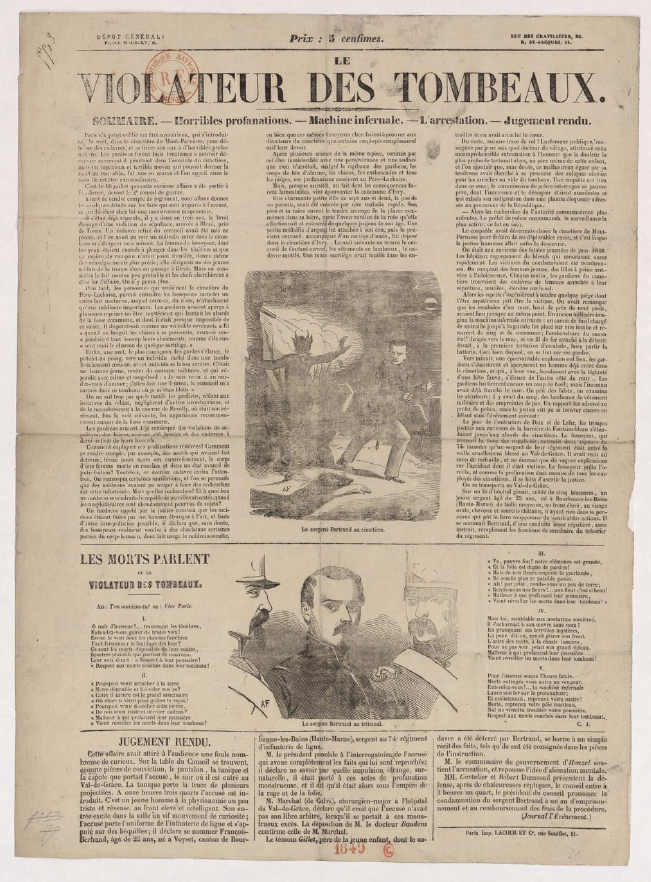
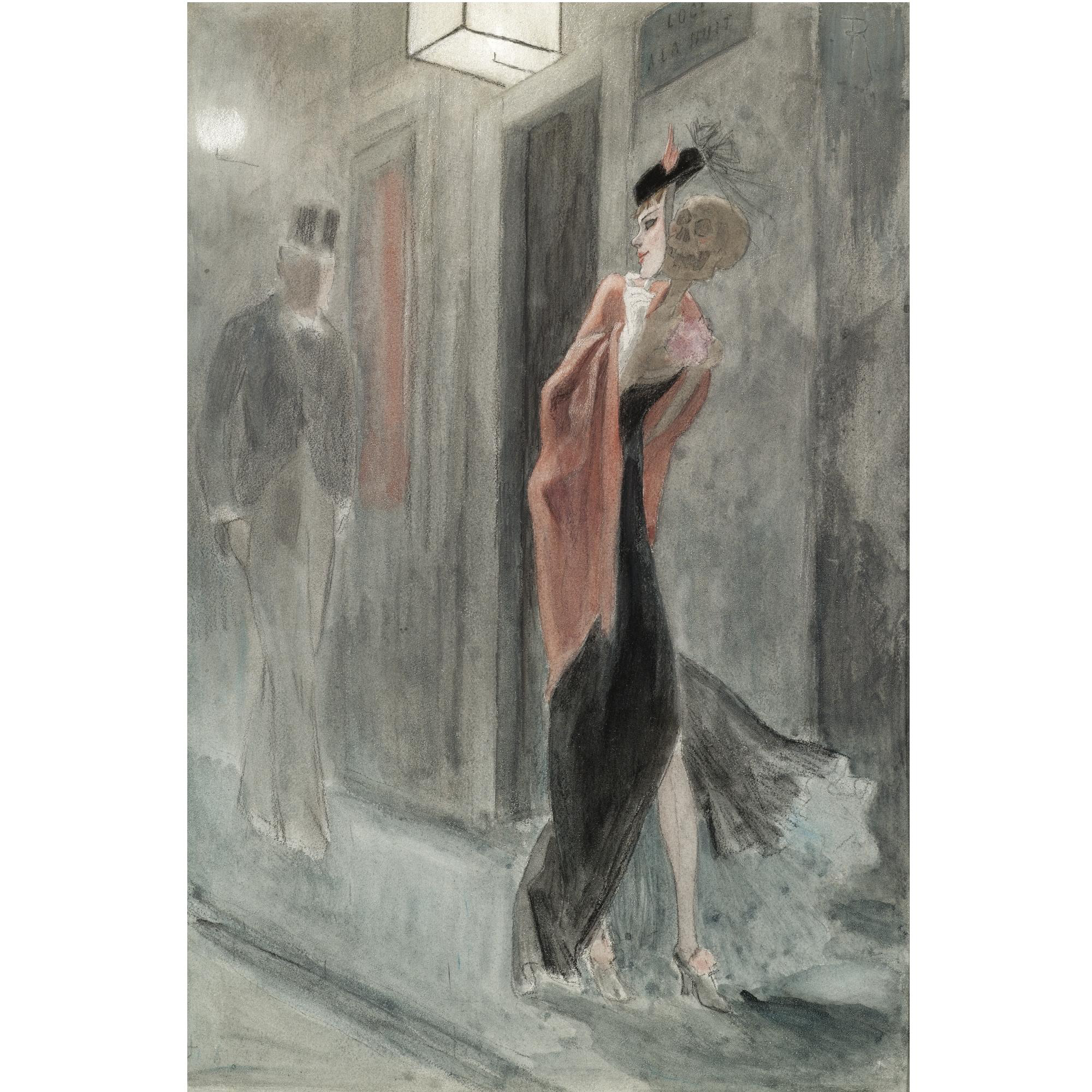







![photo[1].jpg](https://images.squarespace-cdn.com/content/v1/513c543ce4b0abff73bc0a82/1362919072201-PZO854G4SEB794DVOEI8/photo%5B1%5D.jpg)
